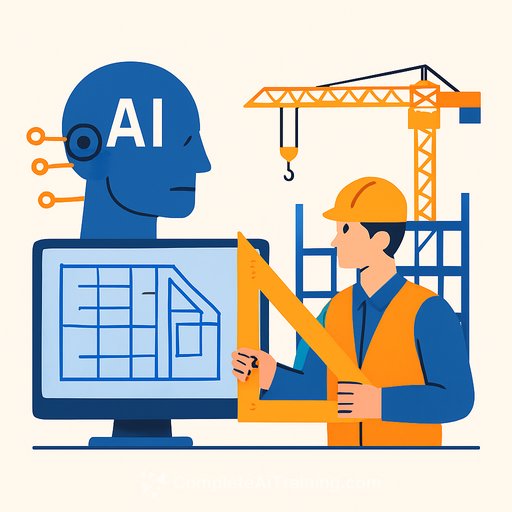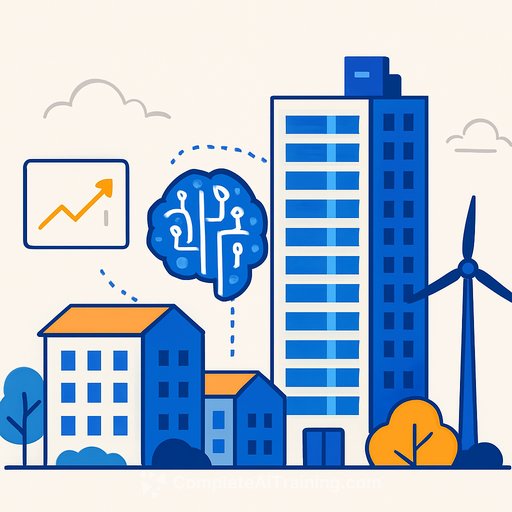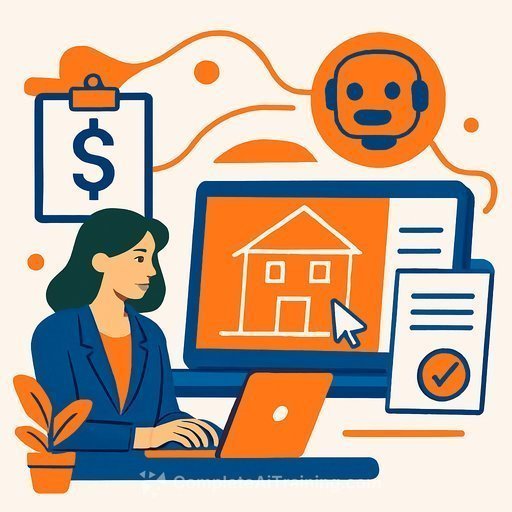AI Can Drive The Next Wave Of Design and Construction-If Access To The Law Is Protected
Healthcare and education get the headlines, but the built environment is where AI can create daily, measurable gains. Codes govern safety, energy efficiency, accessibility and resilience. They are law, yet across much of the U.S. they're fragmented, paywalled, and trapped in clunky systems that slow projects and increase risk.
If we want faster delivery, fewer change orders, and safer buildings, we need AI working directly with the law that projects must follow. That only works if adopted codes and standards are accessible, linkable, and machine-readable.
The Bottleneck: Fragmented Codes and Closed Systems
Project teams face a maze of adoptions, local amendments, errata and outdated PDFs. Many jurisdictions rely on portals that are slow, incomplete, or locked behind licensing terms that block automation.
The result is waste: duplicated research, inconsistent interpretations, late-stage compliance fixes and permit resubmissions. Manual code work is a tax on every budget and schedule.
What AI Can Do For AEC Teams Right Now
- Instant answers to code questions with citations to adopted sections and local amendments.
- Automated plan checks that flag life safety, egress, fire protection, ADA and energy issues before submittal.
- Permit pre-screening to reduce cycles, with change tracking across revisions.
- Scope-specific code matrices for each jurisdiction, including thresholds that trigger higher requirements.
- Design constraints generated from code for AI-driven layout, detailing and specification assistance.
- Energy code options that compare envelope, MEP and control strategies against compliance paths.
The Blocker: Access To Law And Standards
Many codes and standards are incorporated by reference into law. If those texts sit behind restrictive licenses or hostile DRM, AI can't read, cite or reason over the rules that govern your project. That stalls the entire value chain.
Public access to enacted law is not a nice-to-have; it's foundational for safety and fairness. For context, see 1 CFR Part 51 on incorporation by reference and the Supreme Court's ruling in Georgia v. Public.Resource.Org (2020).
What Needs To Happen
- Jurisdictions: Publish adopted codes, amendments and errata in open, machine-readable formats with stable IDs and version histories.
- Licensing: Ensure adopted texts are freely accessible and usable for analysis, search, training and citation.
- APIs: Require bulk access and APIs for codes referenced in procurement and permitting platforms.
- Traceability: Mandate authoritative, linkable citations in permit reviews and inspector notes.
- Standards bodies and governments: Align on public safety outcomes while enabling fair commercial models that do not restrict access to law.
Actions You Can Take On Your Projects
- Owners and developers: Make code transparency and API access a contract requirement for design, PM and permitting software.
- Design teams and GCs: Build a jurisdictional "digital codebook" for each market with live links to adopted sections and amendments.
- Permitting strategy: Pre-check submittals with AI that cites chapter-and-verse. Require citation-backed responses from vendors.
- Data governance: Keep a clean record of code interpretations, AHJ responses and plan revisions to train internal assistants safely.
- Upskill: Train staff on prompting, verification and citation habits for compliance workflows. Curated options are available by job role at Complete AI Training.
Where The ROI Shows Up
- Fewer RFIs and resubmissions due to early detection of egress, fire-resistance, mechanical, electrical and accessibility issues.
- Weeks saved on permits through clean, citation-backed responses and consistent interpretations across disciplines.
- Lower soft costs from reduced manual research and faster onboarding for new jurisdictions.
- Better risk control: auditable decisions and a shared source of truth from concept through closeout.
The Bottom Line
AI is ready to cut waste and improve outcomes across design, permitting and construction. The gate is open access to the law-adopted codes and standards that AI can read, cite and reason over.
Push for open, machine-readable codes, demand citation-backed tools, and train your teams to work with them. Safer, greener and more affordable buildings follow when the rules are accessible to every project and every tool that serves it.
Your membership also unlocks:






